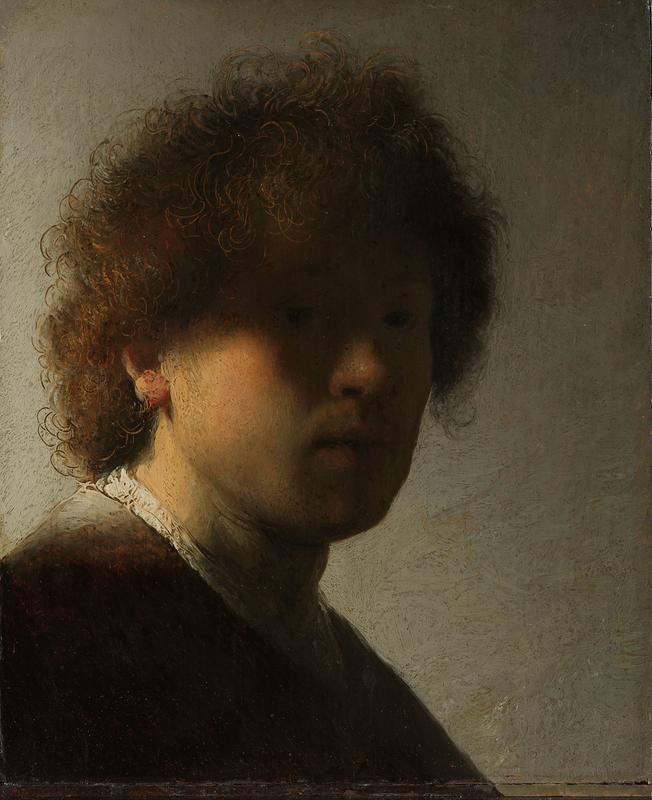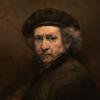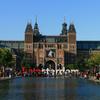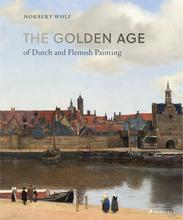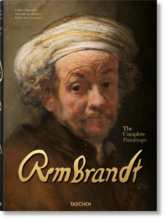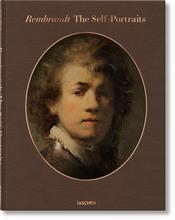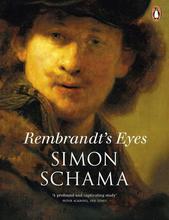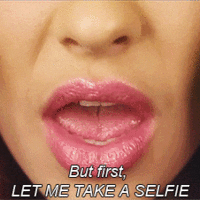More about Self-portrait
- All
- Info
- Shop
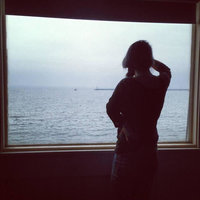
Contributor
Rembrandt knows well the pains of trying to take a good selfie.
During his lifetime, the 17th century Dutch master created more than 90 self-portraits. This particular painting is known to be his very first one. Rembrandt would definitely have some pointers for composing the right selfie.
As you can see, Rembrandt knew his angles. His face is turned three-quarters to the right looking directly at the viewer. This pose was deliberate and emphasized the shape and contour of his face. His paintings are all about lighting. A light source from the back hits the cheek and casts a shadow on the rest of the face. He even scratches the surface of the canvas to highlight parts of his hair. Contours and highlights aren’t just instagram hashtags and make-up techniques, they were techniques used to emphasize the shape of the sitter’s face. This portrait is much darker than his 1669 Self-Portrait. While he opted for slightly brighter faces later in his career, he still played with lighting. This experimentation with lights and shadows to produce tonal contrast, or chiaroscuro, can be seen in all of his paintings.
While 90 selfies might be excessive, but not unheard of today, 90 self-portraits during a career is pretty unusual for a 17th century Dutch artist. Rembrandt must have spent quite a bit of time looking at himself in the mirror. Was it just vanity? Was he so vain that he probably thought scholars would be writing about him for decades? (If he did, he was right.) Some speculate these self-portraits are a product of an artist’s reflective process, while others argue that he did it for sales. Tronies, or small portraits with various expressions, were pretty popular with 17th century Dutch collectors. Rembrandt, who had racked up a considerable amount of debt, might have painted these as they were so easy to sell.
This particular painting’s emergence from a private collection actually revealed another self-portrait, thought to be a Rembrandt original, as a copy. Many believed the self-portrait in Kassel to be the first self-portrait by the artist. However, when D. H. Cevat purchased this painting that was being sold as a copy at Sotheby’s London, he knew he had found an original. It was on loan to the Rijksmuseum for quite some time before it was acquired by the museum in 1977 as an original. Cevat profited quite a bit from his purchase too. His work was acquired by the Rijksmuseum for well over 50 times the auction sale value.
Sources
- “Keuze uit de aanwinsten”, Bulletin van het Rijksmuseum, Jaarg. 25, Nr. 3, Stichting het Rijksmuseum,1977, Jstor, Accessed: October 23, 2017. http://www.jstor.org/stable/40381827
- Osmond, Susan Fegley, "Shadow and Substance," World & I 15, no. 1: 110. Military & Government Collection, EBSCOhost, Accessed: October 24, 2017.
- “Self-portrait Rembrandt Harmensz. Van Rijn,” Rijksmuseum, Accessed: October 22, 2017. http://hdl.handle.net/10934/RM0001.COLLECT.5236
- Wright, Christopher. Rembrandt: Self-Portraits. Gordon Fraser: London, 1982.
Featured Content
Here is what Wikipedia says about Self-Portrait with Dishevelled Hair
Self-Portrait with Dishevelled Hair, also known as Self-Portrait at an Early Age, is an early self-portrait by the Dutch Golden Age artist Rembrandt. The painting has been in the Rijksmuseum Amsterdam collection since 1960, and is an exercise in chiaroscuro. It is one of the earliest of over forty painted self-portraits by Rembrandt, there is a copy in the collection of the National Trust which was created by his workshop.
Check out the full Wikipedia article about Self-Portrait with Dishevelled Hair

